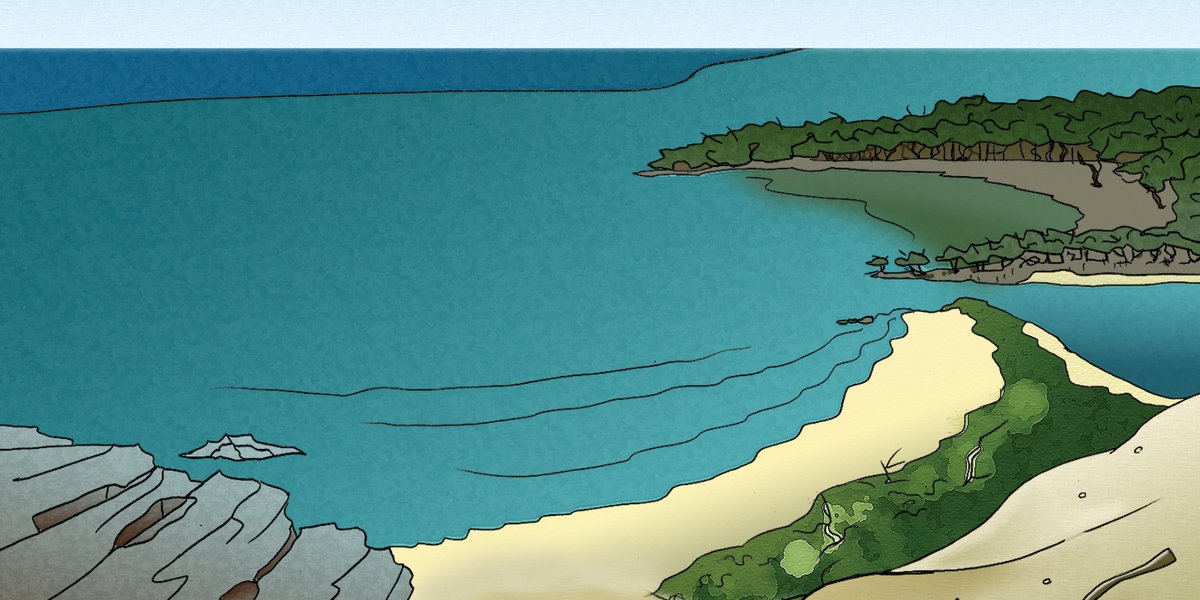What are some Australian habitats?

-
Audience
Children and families, Primary school -
Learning stage
Early Stage 1, Stage 1, Stage 2, Stage 3 -
Learning area
Geography, Science -
Type
Learning resources
On this page...
A habitat is the natural environment or home of a plant or animal. It provides food, water, shelter and air, and is a place where the plants and animals rely on each other for survival.
Australia has an variety of habitats due to its size and varying climates. The different climates are an important factor in creating the range of habitats including: rivers, waterways, wetlands, deserts, plains, forests, bush and coastal areas.
Read about each habitat below. The illustrations can be used for a range of learning activities:
- Brainstorm the types of animals that would live in each habitat. What predators or prey would each animal find in its environment?
- Sort toy animals and place them in the correct habitat.
- Use the illustrations as a background to a diorama made using an old shoebox.
- Create and draw a mystical creature with external features to suit its survival in one of the habitats. Label your animal and give it a name!











